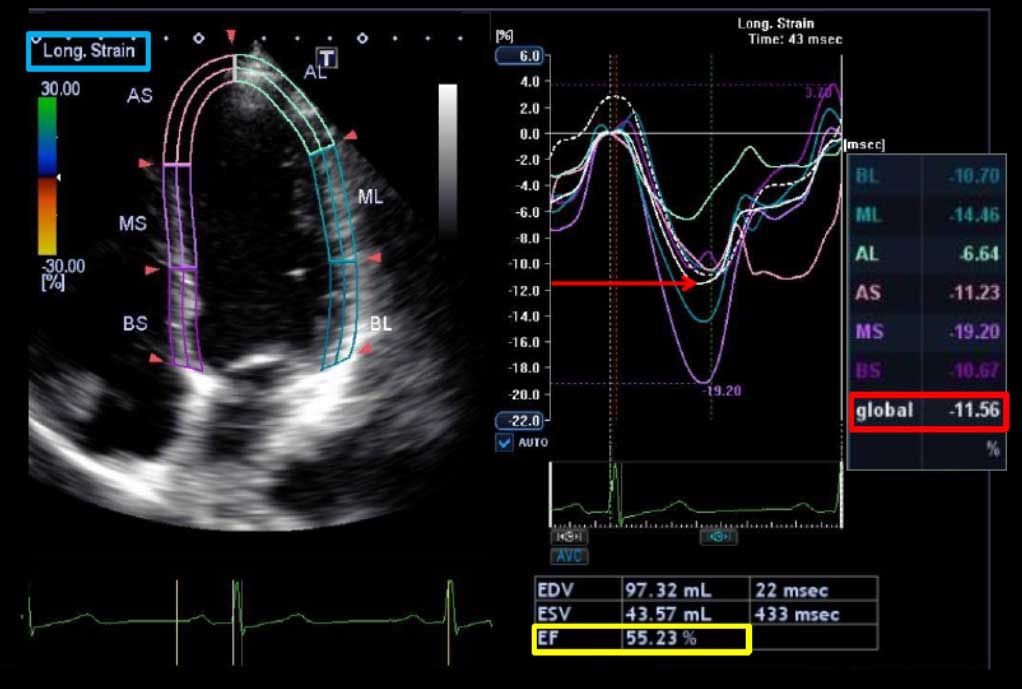Antibiotic associated with increased risk for sudden death in patients taking ACE inhibitors or ARBs
Trimethoprim/sulfamethoxazole (or co-trimoxazole) was associated with an increased risk of sudden death in older patients receiving angiotensin-converting enzyme (ACE) inhibitors or angiotensin-receptor blockers (ARBs), a study found (published online Oct. 30, 2014 by BMJ).
Researchers conducted a population-based, nested, case-control study in Ontario, Canada, from April 1994 to January 2012 among patients age 66 years or older taking an ACE inhibitor or ARB. Cases of patients who died suddenly shortly after receiving an outpatient prescription for either co-trimoxazole, amoxicillin, ciprofloxacin, norfloxacin, or nitrofurantoin were matched with up to 4 control patients for age, sex, comorbid chronic kidney disease, or diabetes.
Of 39,879 sudden deaths, 1,027 occurred within 7 days of exposure to an antibiotic. They were matched to 3,733 controls. Relative to amoxicillin, co-trimoxazole was associated with an increased risk of sudden death within 7 days (adjusted odds ratio [OR], 1.38; 95% CI, 1.09 to 1.76). The relatively increased risk with co-trimoxazole was marginally higher when the period was extended to 14 days (adjusted OR, 1.54; 95% CI, 1.29 to 1.84). This corresponds to approximately 3 sudden deaths within 14 days per 1,000 co-trimoxazole prescriptions.
Ciprofloxacin, a known cause of QT interval prolongation, was also associated with an increased risk of sudden death compared to amoxicillin in the week after a prescription (adjusted OR, 1.29; 95% CI, 1.03 to 1.62), but no such risk was observed with norfloxacin (adjusted OR, 0.74; 95% CI, 0.53 to 1.02), and a decreased risk was associated with nitrofurantoin (adjusted OR, 0.64; 95% CI, 0.46 to 0.88).
The authors suggested that, when clinically appropriate, clinicians either choose alternate antibiotics or limit the dose and duration of co-trimoxazole in patients on an ACE or ARB and also closely monitor serum potassium levels in susceptible patients.


